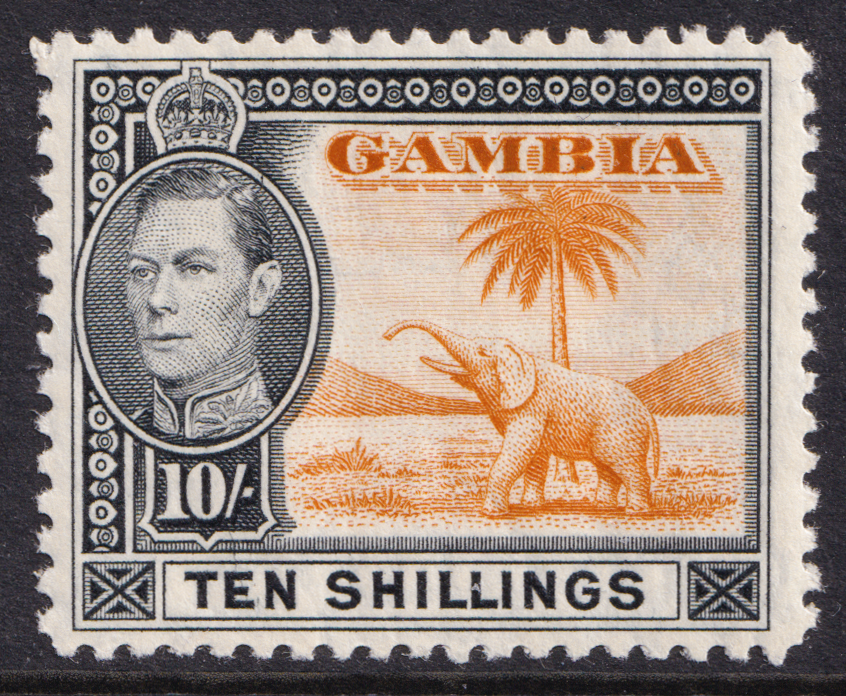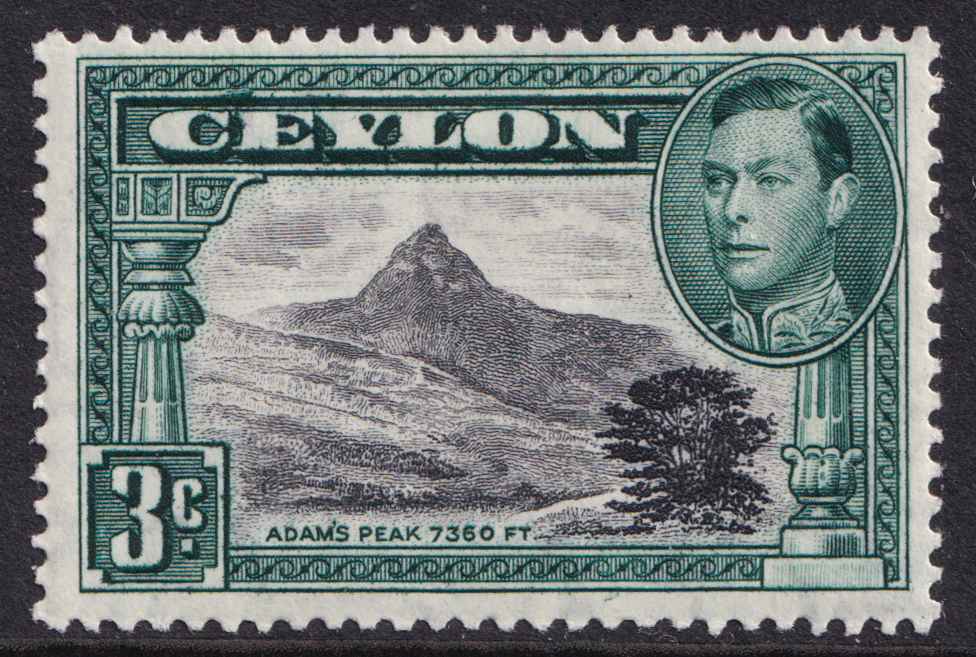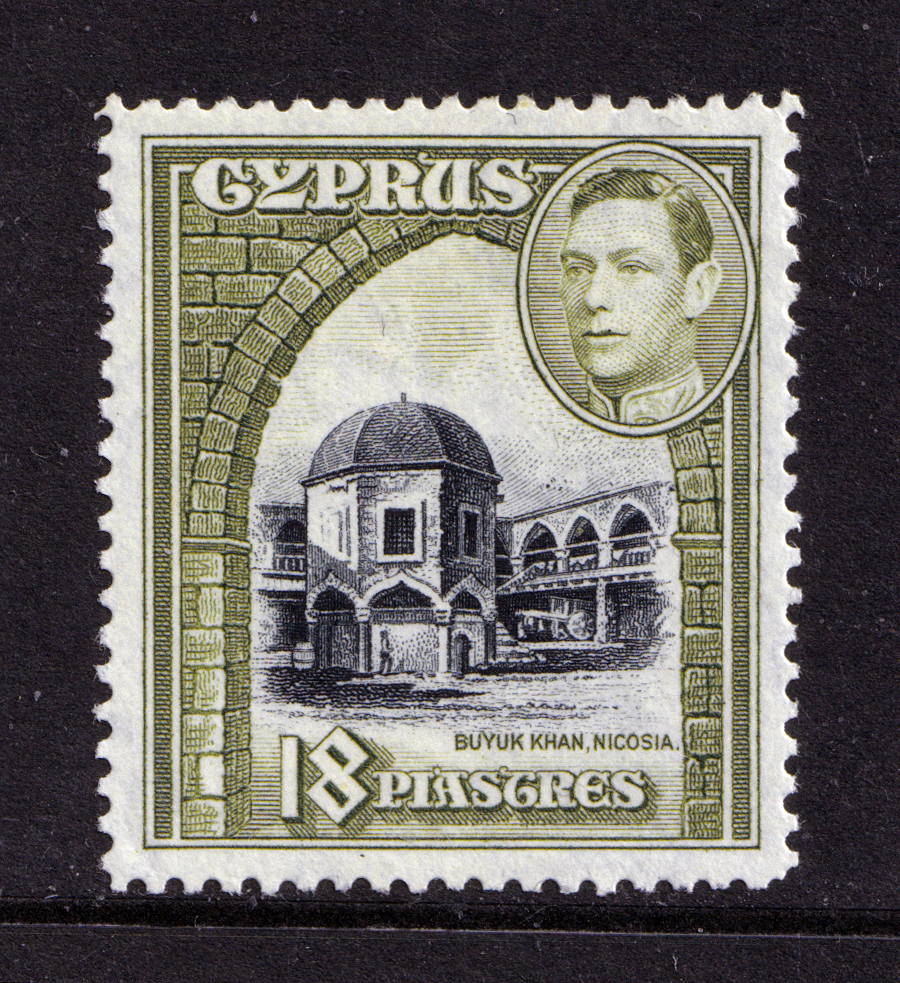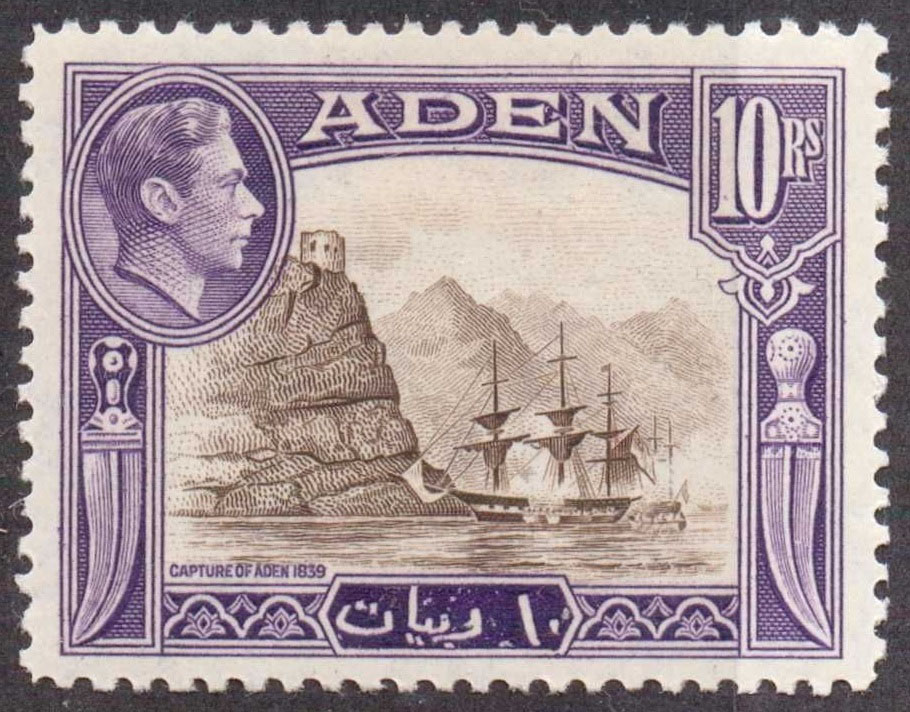
The Gambia Colony and Protectorate was the official designation for The Gambia during the colonial era. This administrative arrangement, which existed from the late 19th century until independence in 1965, reflected the dual nature of the territory. The “Colony” referred to the area around the capital, Banjul, and the surrounding areas along the Gambia River, which were directly governed by the British colonial administration. The “Protectorate” encompassed the inland regions and was characterized by indirect rule, where local chiefs and authorities maintained a degree of autonomy under British oversight. This unique colonial structure shaped The Gambia’s development and governance, leaving a lasting impact on its social, political, and economic landscape.
The old coat of arms of The Gambia, featuring one elephant and a palm tree, was a powerful symbol that encapsulated the country’s natural wealth and historical significance. The emblem depicted a majestic elephant standing beneath a large palm tree. The solitary elephant, representing strength and resilience, stood as a testament to the rich wildlife that once inhabited the Gambian landscape. The palm tree, a vital part of the Gambian economy, symbolized prosperity and abundance. This iconic imagery on the coat of arms reflected the deep-rooted cultural and environmental significance of both the elephant and the palm tree in Gambian society, serving as a visual representation of the country’s heritage and aspirations.
Beginning in 1938, during the reign of King George VI, stamps featuring an elephant and palm tree were issued, varying only in colours and denominations. The set would eventually number sixteen values from ½d to 10 shillings. The stamps were watermarked with Multiple Crown and Script CA watermark and were all Perf 12. A sheet of these contained sixty stamps arranged in 10 x 6 format. Specimen perforated examples were also produced.
In 1965, The Gambia gained independence from British colonial rule, and a new coat of arms was adopted to reflect the country’s new status as a sovereign nation.




